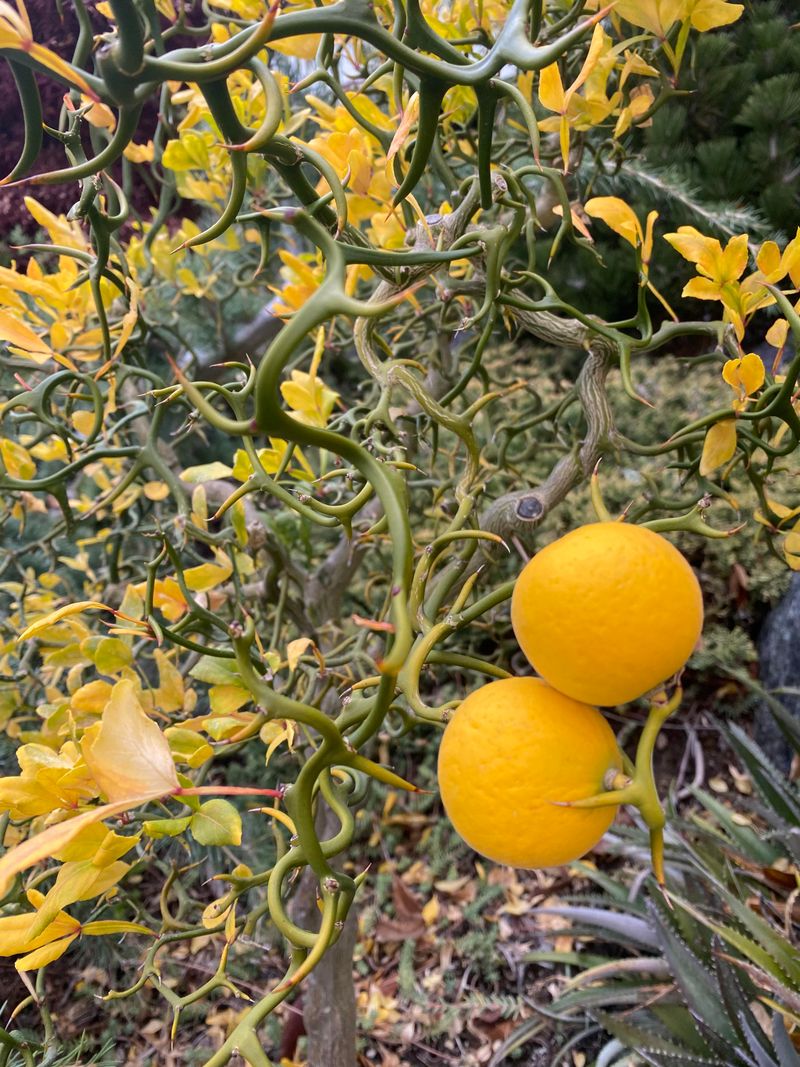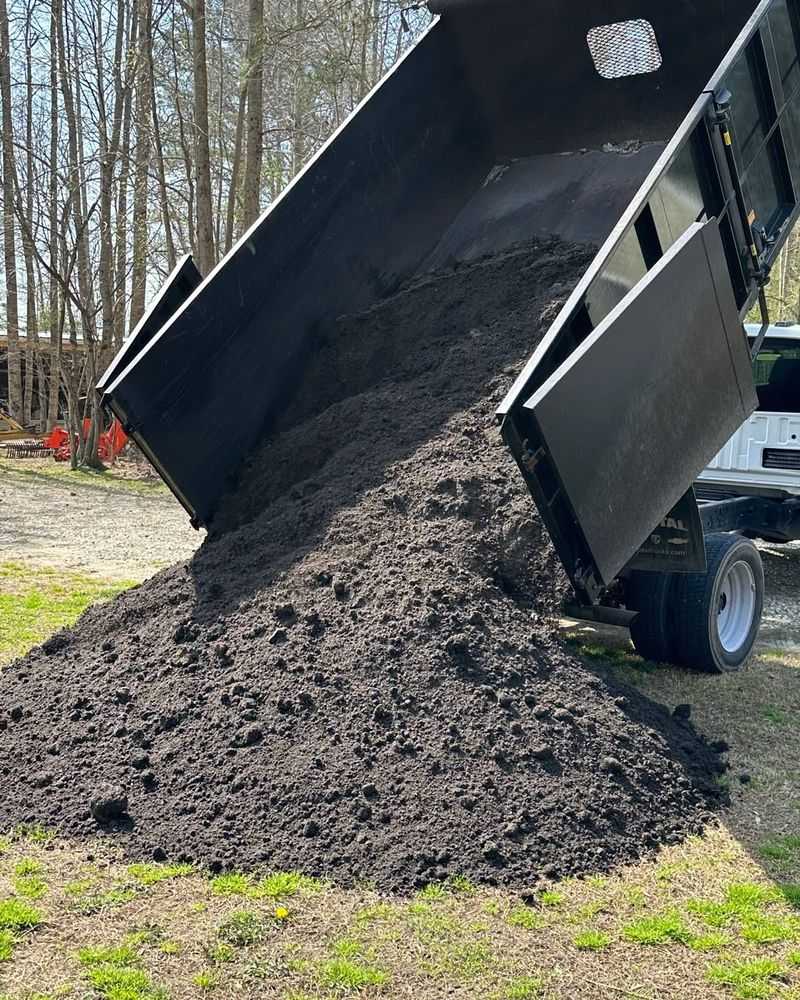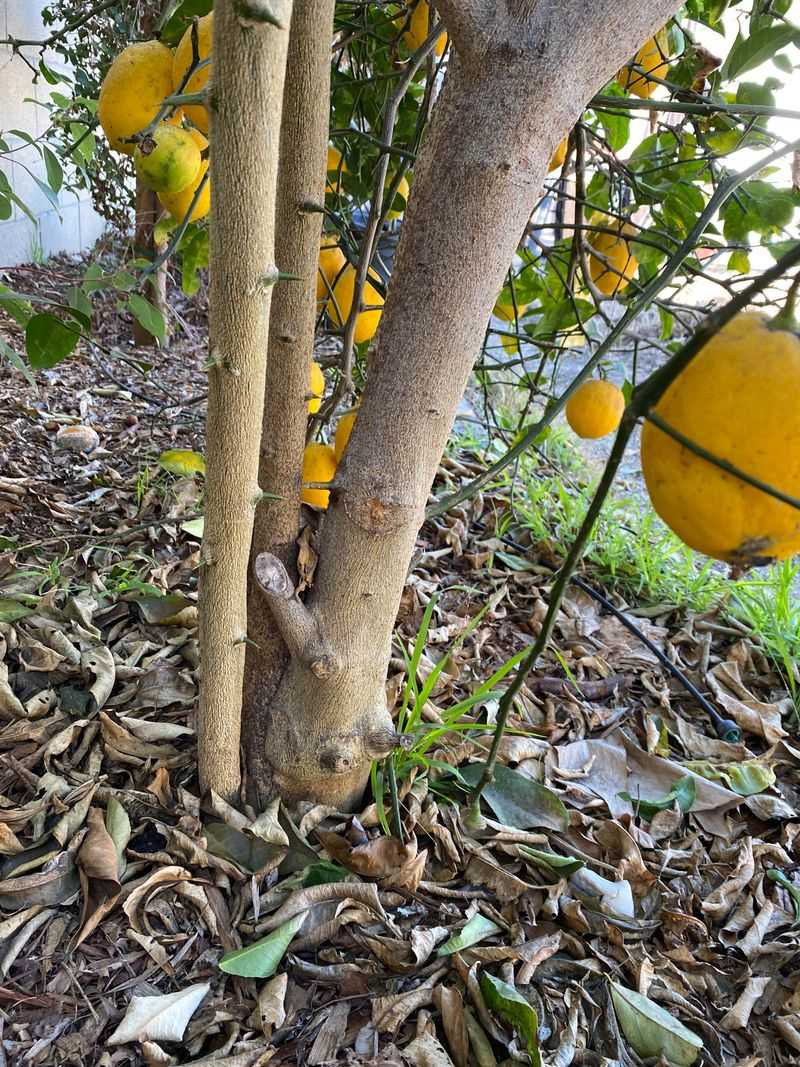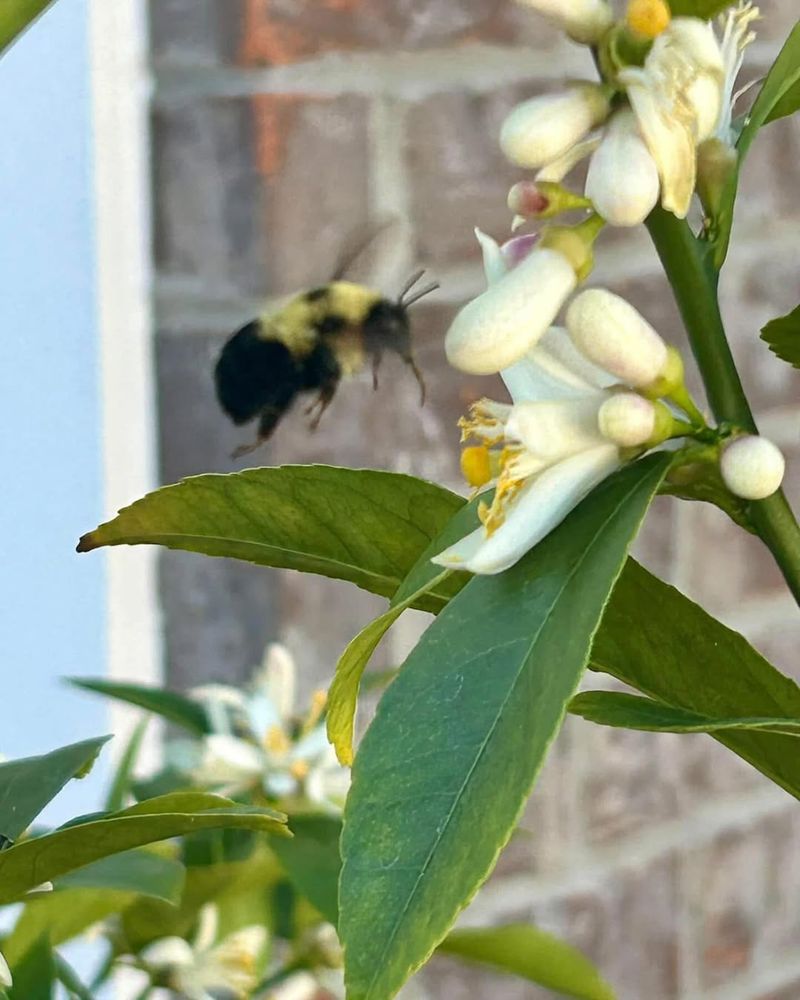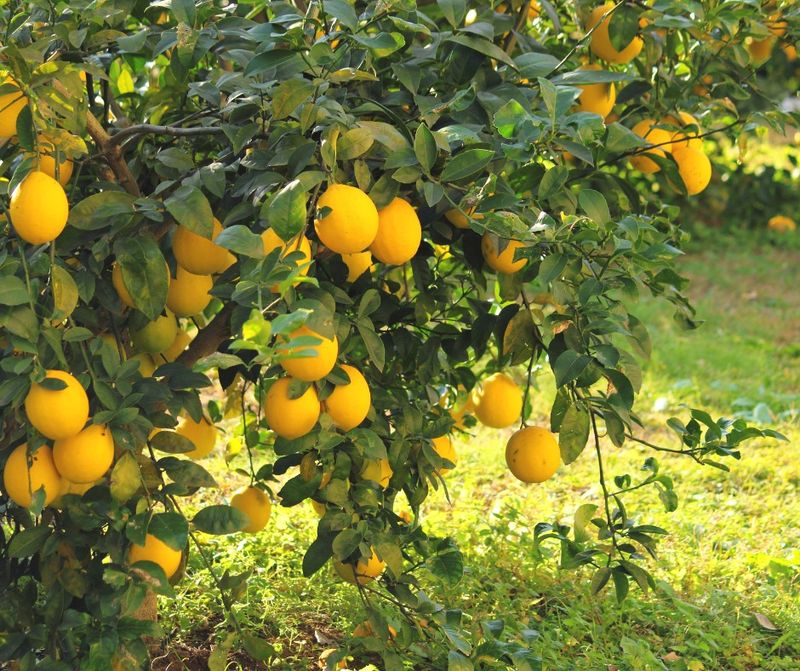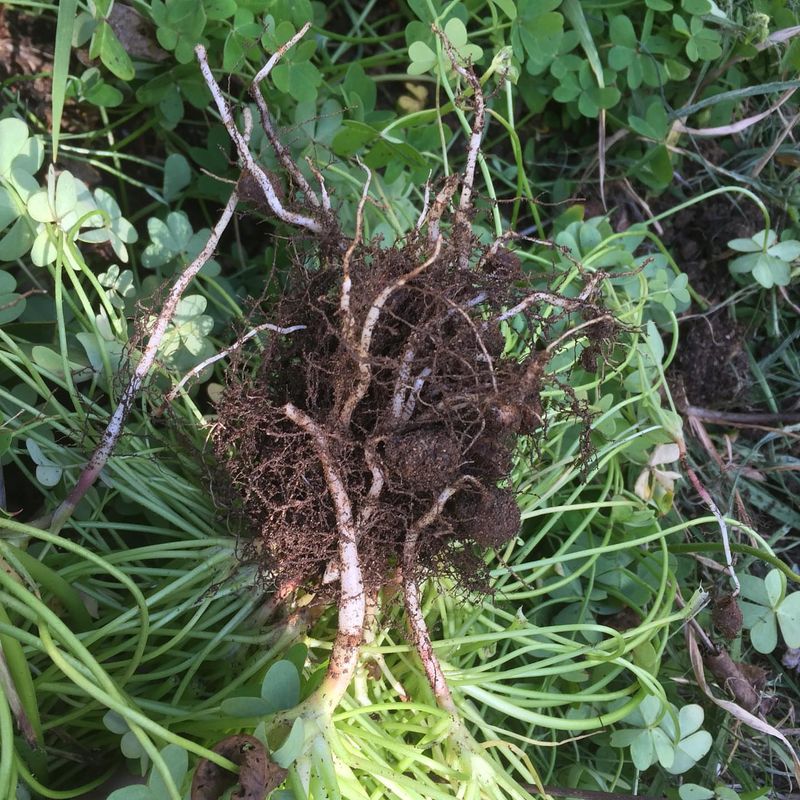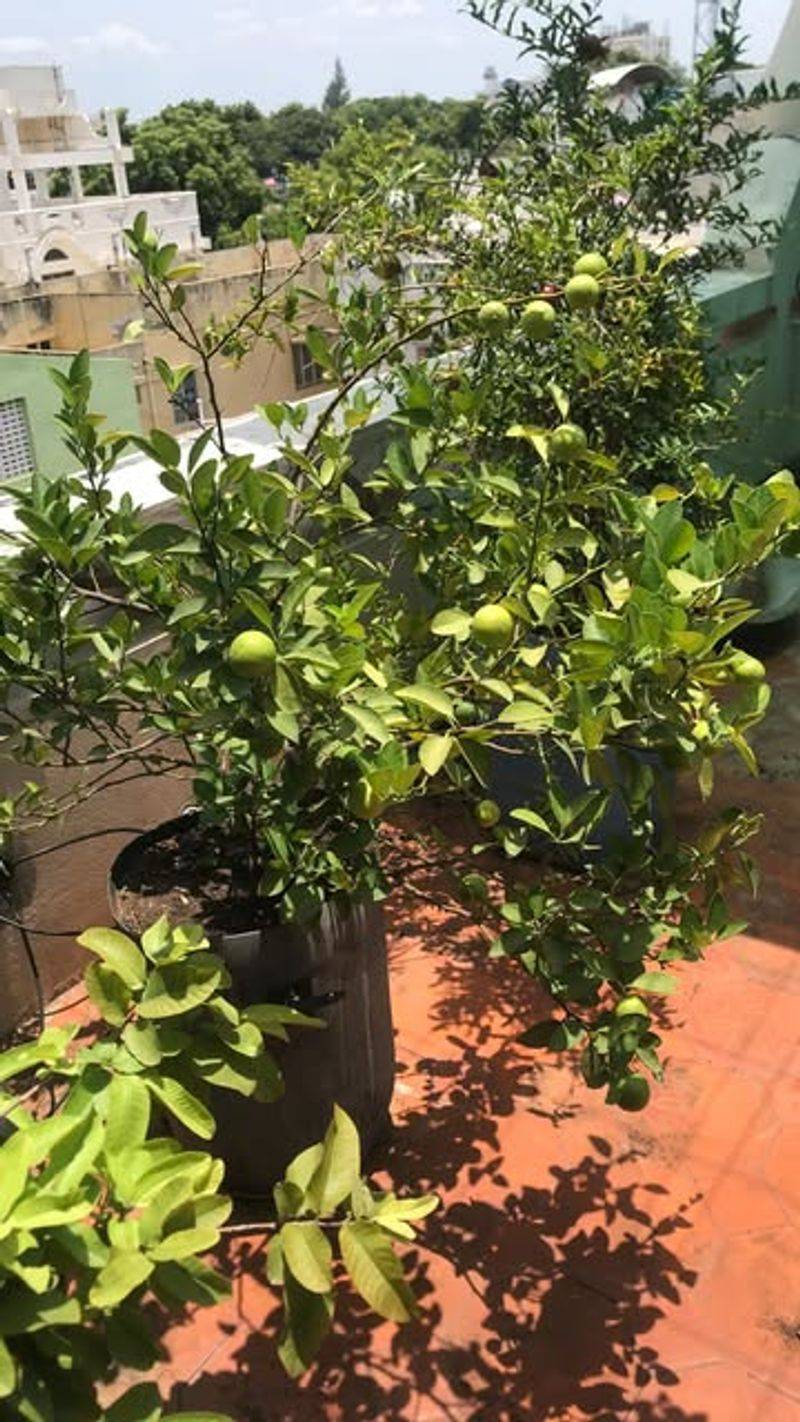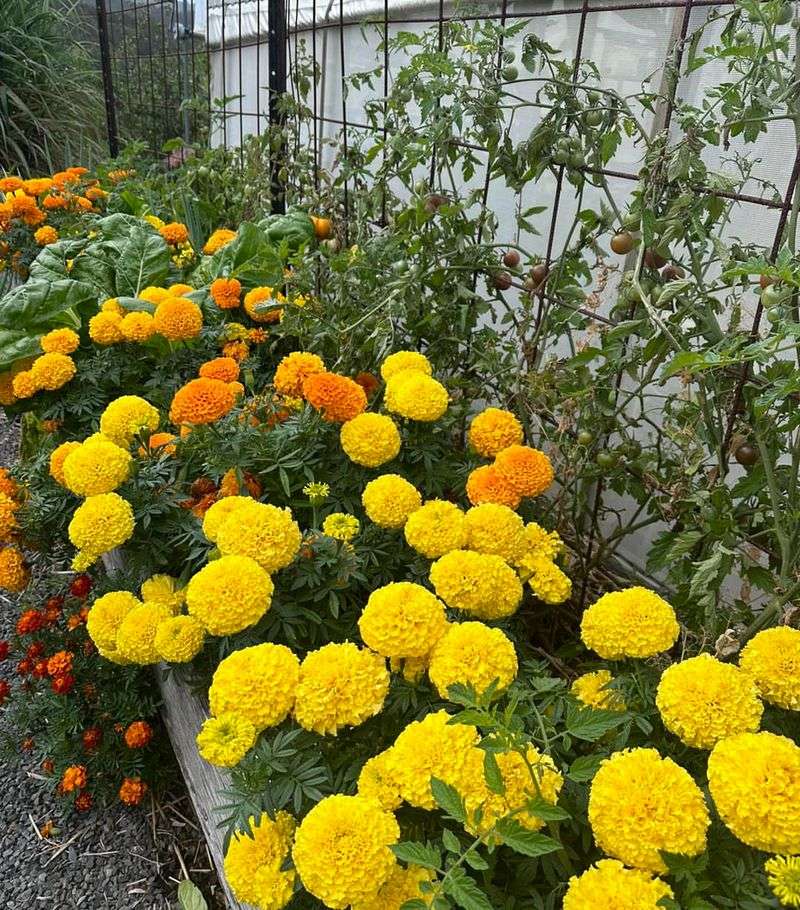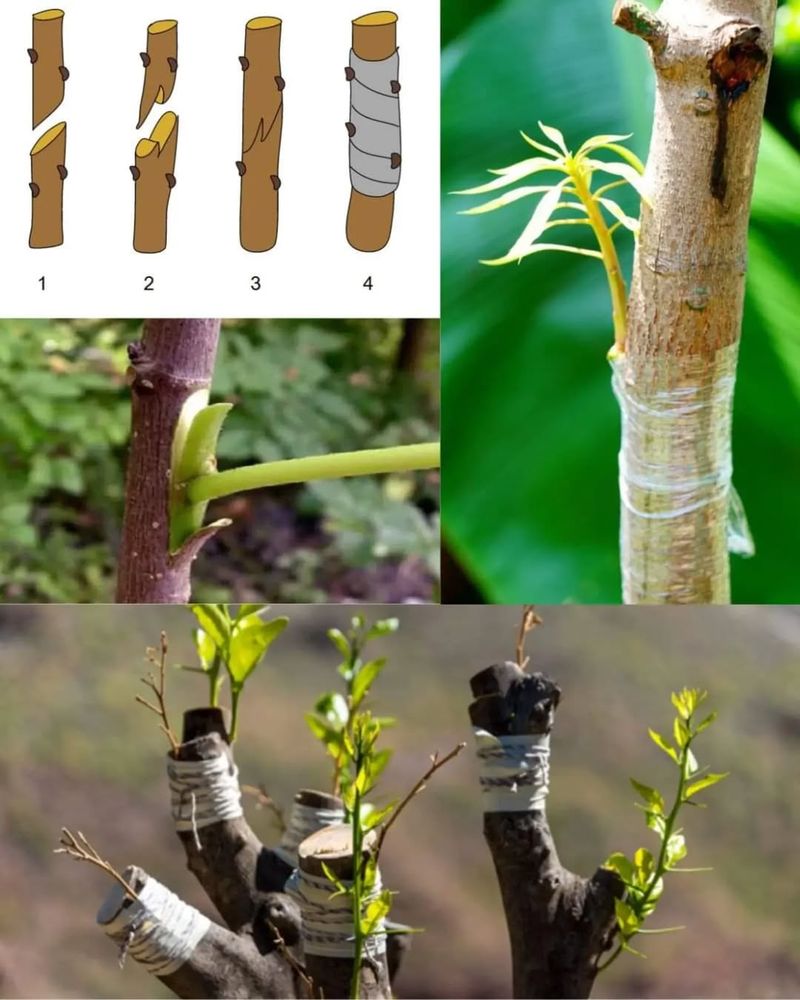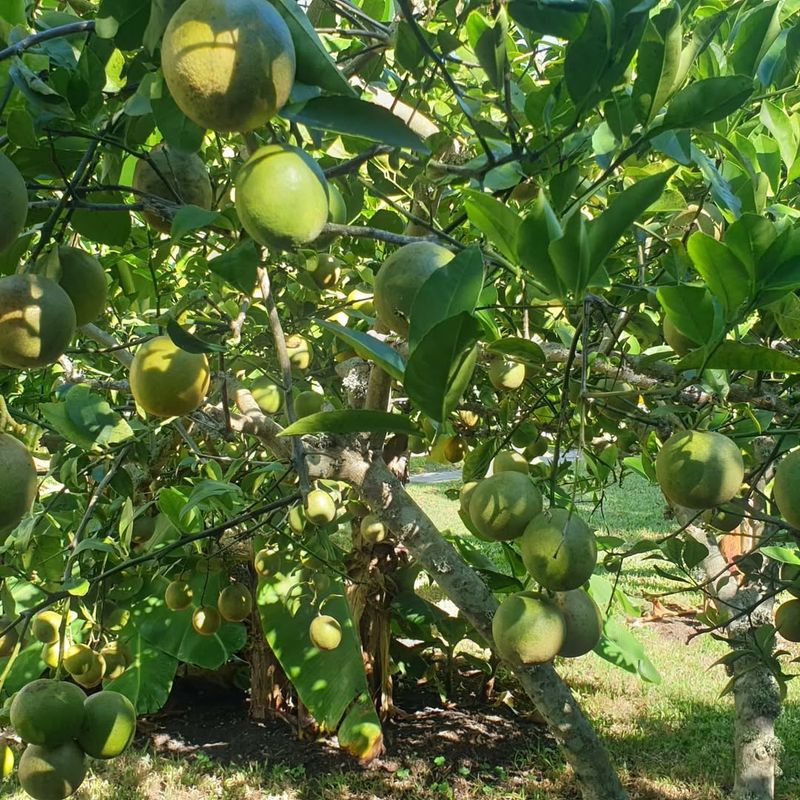Lemons are a fantastic fruit, bursting with flavor and health benefits, and growing a plentiful supply at home can be a rewarding experience. With the right techniques, you can turn a single tree into a lemon powerhouse, providing you with juicy, zesty lemons year-round. Here’s how you can make your lemon tree flourish.
1. Choose the Right Variety
Pondering over the perfect lemon tree variety for your garden? Different types adapt to different climates. Eureka and Lisbon thrive in warmer regions, while Meyer lemons are ideal for cooler areas.
Your climate choice ensures a healthy tree and abundant fruit. It’s vital to research and pick wisely, matching your environment with the tree’s needs.
With the right variety, your tree’s potential increases, leading to more lemons. Consider your area’s typical weather patterns before you plant, maximizing the chances of a fruitful harvest.
2. Plant in the Right Spot
Location matters for your lemon tree’s success! A sunny, well-drained spot is essential. Lemons adore sunlight, basking in at least 8 hours of it daily.
The soil should drain well, avoiding soggy roots which can harm growth. Consider wind protection too; strong winds might damage branches. By planting in the optimal spot, you set the foundation for a thriving tree.
Keep an eye on how sunlight moves in your yard to find the perfect place where your lemon tree will flourish, showering you with fruit.
3. Prepare the Soil
Healthy soil is the start of a flourishing tree. Mix compost and organic matter into the earth to enrich it, providing essential nutrients.
Well-drained soil prevents root rot, a common problem with lemons. Regularly check the pH level; lemons prefer slightly acidic conditions. Amending soil ensures a good start and ongoing growth.
With rich soil, your tree absorbs nutrients effectively, boosting fruit production. Remember, a strong foundation beneath the surface results in a bounty above it.
4. Water Wisely
Striking the right balance with watering keeps your tree happy. Over-watering leads to root rot, while under-watering starves the tree.
Water deeply but infrequently, encouraging roots to grow strong and deep. Monitor soil moisture, adjusting for weather changes. In dry spells, increase watering; during rainy periods, reduce it. Remember, consistency is key.
The goal is moist, not soaked, soil. This wise water management supports both tree health and fruit growth, giving you a lush lemon yield.
5. Fertilize Regularly
Feeding your lemon tree boosts its growth and bounty. Use a balanced, organic fertilizer every few months to provide necessary nutrients. Nitrogen-rich fertilizers are particularly good for vigorous growth.
Remember to follow package instructions, as over-fertilizing can be harmful. Regular feeding promotes healthy leaves, strong branches, and plentiful fruit.
Stay consistent with your schedule, and your tree will thank you with a generous lemon supply. Adjust your fertilization plan based on tree performance and growth stage.
6. Prune for Productivity
Trimming helps your tree thrive. By removing dead or overcrowded branches, you improve air circulation and sunlight exposure. This encourages more fruit production and reduces disease risk.
Prune annually, focusing on shaping the tree and opening its center. Use clean, sharp tools to avoid injury or infection.
Strategic pruning keeps your tree healthy and productive, setting the stage for more lemons. Stay attentive to the tree’s needs throughout the year, making minor adjustments as it grows and changes.
7. Monitor for Pests
Keeping pests at bay is crucial. Regularly inspect your tree for signs of insects like aphids or spider mites. Early detection means quick action, preserving your fruit and tree health.
Use organic pest control methods to avoid harming beneficial insects or the environment. Neem oil or insecticidal soap are effective options.
A vigilant eye ensures your tree remains pest-free, supporting its growth and fruitfulness. Stay proactive by checking leaves and branches often, keeping your lemon tree at its best.
8. Ensure Proper Pollination
Pollination is vital for fruit formation. Bees and other pollinators play a huge role in this process. If your garden lacks them, hand-pollination might be necessary.
Gently transfer pollen between flowers using a brush. Encouraging pollinators by planting flowers nearby boosts natural pollination. More pollination means more lemons!
Providing a welcoming environment for bees enhances your tree’s productivity. Remember, every bloom has the potential to become a juicy lemon given the right pollination conditions.
9. Protect from Frost
Cold weather can be harmful to lemon trees. Protect them from frost by covering with cloths or blankets on chilly nights. Frost damage affects fruit and growth, so it’s important to shield your tree.
If possible, move potted trees indoors during frost spells. Keep an eye on weather forecasts to anticipate and prepare.
Quick responses to temperature drops ensure your tree remains healthy, safeguarding your lemon supply. With protection, your tree can withstand cold shocks and continue to thrive.
10. Use Mulch for Moisture
Mulching conserves soil moisture and reduces weed competition. A layer of organic mulch around your tree’s base helps retain water, keeping roots hydrated.
It also adds nutrients as it breaks down. Ensure mulch doesn’t touch the trunk to prevent rot. This simple step supports consistent growth and improves yield.
Regular mulching benefits overall tree health, ensuring a steady supply of lemons. As seasons change, adjust mulch thickness to match the climate’s demands, aiding in moisture retention and temperature regulation.
11. Control Weeds Effectively
Weeds compete for nutrients, so keeping them in check is essential. Regularly remove weeds by hand or use mulch to suppress their growth.
This practice ensures your lemon tree has all the nutrients it needs, boosting its health and fruit production. Manual removal is often best to avoid chemical interference. Consistent weed control supports a stronger, more productive tree.
Make it a routine to inspect your garden, nipping weeds in the bud and allowing your lemon tree to flourish unhindered by competition.
12. Get the Right Tools
Equipping yourself with the proper tools ensures efficient lemon tree care. Pruning shears for trimming, a soil pH tester for checking acidity, and a watering can for controlled irrigation are essentials.
Quality tools make tasks easier and more effective. Investing in reliable equipment saves time and effort, enhancing your gardening experience.
With the right tools, managing your tree becomes more enjoyable, leading to better growth and more lemons. Regularly maintain your equipment to keep it in top working condition.
13. Rotate Your Tree
For potted lemon trees, rotation promotes even growth. By turning the tree every few weeks, all sides receive sunlight, preventing one-sided growth.
This practice encourages balanced branch development and maximizes fruiting. It’s a simple yet effective way to ensure your tree gets equal exposure to sun and air. Regular rotation supports a healthy, symmetrical tree, resulting in more lemons.
Whether indoors or out, keep your potted tree thriving by maintaining this easy and beneficial habit, ensuring consistent light distribution.
14. Encourage Deep Rooting
Deep roots anchor your tree and improve nutrient uptake. Watering deeply rather than frequently encourages this root growth. Avoid shallow watering which leads to weak, surface roots.
Healthy, deep roots support a robust tree and abundant fruiting. This practice builds a resilient foundation, allowing your tree to thrive under various conditions.
By fostering deep rooting, you prepare your lemon tree for both droughts and deluges, ensuring it remains strong and productive. Consistency in this approach leads to long-term success.
15. Consider Companion Planting
Companion planting enhances your lemon tree’s health and yield. Basil and marigolds are excellent choices. They repel pests and attract beneficial insects, creating a balanced ecosystem.
This natural pest control supports your tree without chemicals. Plus, the vibrant garden is a joy to behold! Thoughtful companion planting contributes to a thriving, bountiful tree.
Experiment with different plants to discover what works best for your garden, enhancing your lemon tree’s environment and performance. This synergy boosts growth while adding beauty to the landscape.
16. Use Grafting Techniques
Grafting can enhance your tree’s fruit variety and yield. By joining a branch from a different lemon variety, you diversify your harvest. This technique encourages better fruiting and resilience.
Grafting requires precision and patience but rewards with unique, plentiful produce. Experiment with different lemon types to find your perfect mix.
Mastering this skill enriches your gardening experience, offering more flavors from a single tree. It’s a wonderful way to multiply your lemons, creating a diverse and bountiful collection.
17. Understand Tree’s Lifecycle
Knowing your tree’s lifecycle aids in its care. From seedling to mature tree, each stage has specific needs. Young trees require more attention, while mature trees focus on fruiting.
Understanding these phases helps you provide the right care at the right time. This awareness ensures robust growth and maximizes lemon production.
Recognizing lifecycle stages empowers you to anticipate and address your tree’s changing needs, ensuring it remains healthy and productive throughout its life. This insight transforms your gardening approach.
18. Track Seasonal Changes
Seasonal changes affect your lemon tree’s care needs. Spring is for growth, summer for watering, and winter for protection. Adjust your care routine according to the season, ensuring optimal health and yield.
Each season brings unique challenges, from temperature shifts to pest invasions. Staying in tune with these changes keeps your tree thriving, ready to produce lemons year-round.
By aligning your care with nature’s cycles, you enhance your tree’s productivity and resilience. This seasonal awareness leads to a flourishing garden.


